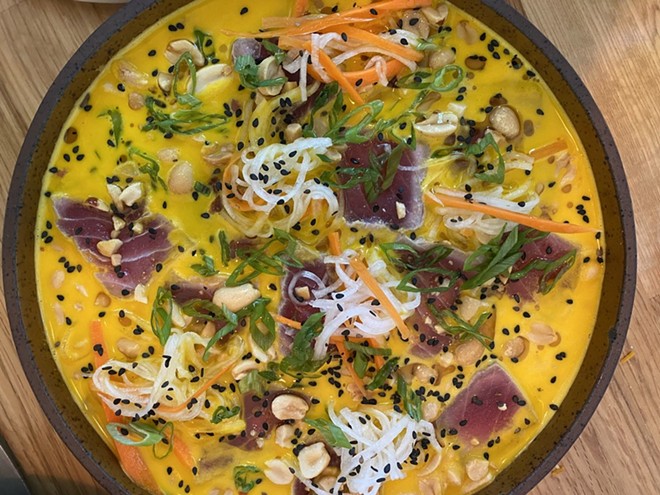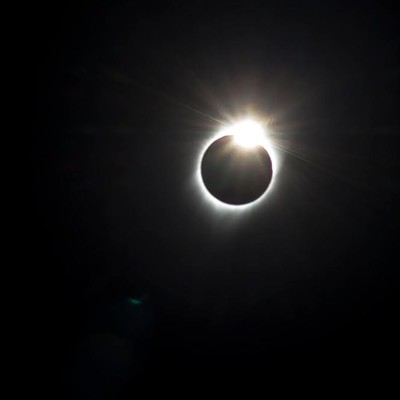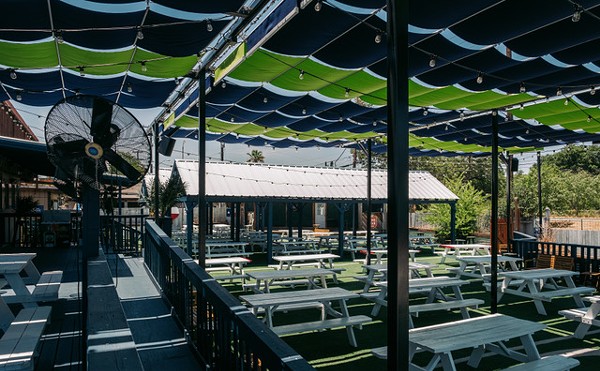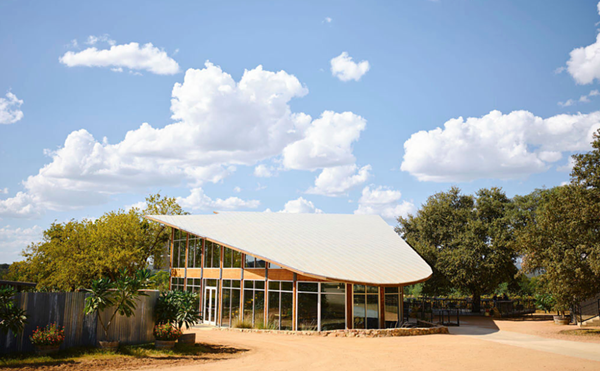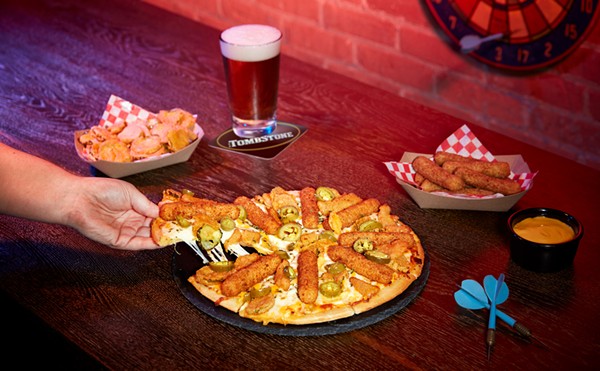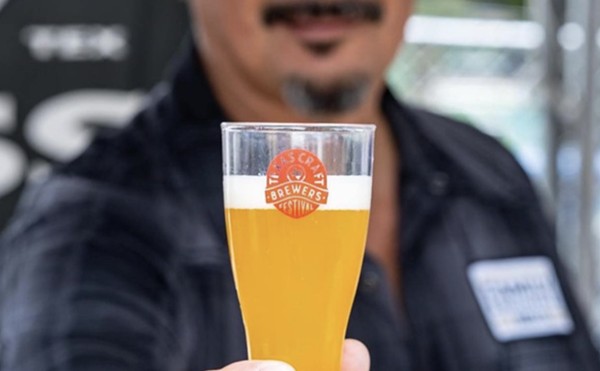Ceviche, cebiche, seviche, sebiche.
By whatever spelling one uses, the Peruvian iteration of the popular citrus-marinated seafood preparation is customarily more briefly doused in lime than might be common in, say, Mexico, which really emphasizes the freshness of the primary product.
Peru's most common variation on this theme, bathed in a complex brew called leche de tigre, is often referred to as "Peruvian Viagra" for its obvious alleged effects. Go, tiger.
San Antonio restaurant Leche de Tigre Cebicheria Peruana makes no claims other than culinary, and we make none regarding its leche recipes — except to note that raw trimmings of the fish being used, along with lime, onion, cilantro and perhaps a hint of Peruvian aji, or chile, are usually blended into the marinade, thus giving the mix a milky look.
Of the five cebiches — as the restaurant spells it — listed on the menu, the Clasico is the most traditional. With striped bass as its foundation, the serving, cradled in a gourd, also includes the customary boiled sweet potato, along with tender choclo, Peru's plump-kerneled corn, and canchitas, a popular unpopped "popcorn."
Move down the list to the Nikkei version with yellowfin tuna, and the kitchen's inventive bent begins to emerge. First, it's apparent in the plate's visual presentation, where it's crowned with a tangle of finely shredded fried sweet potato. More than a pretty accessory, the sweet potato provides both a link back to the classic recipe and a textural contrast to the fish and its friends: red onion, slivered scallion, avocado and a leche made especially tart with tamarind. There's also more than a touch — perhaps a tad too much — of soy sauce that may be the origin of the name. Nikkei, of course, refers to the widespread Japanese influence in Peruvian cooking.
The Tiraditos version invites the diner to think Japanese again — this time with sashimi. The Limeño with striped bass takes its stylistic cues from Peru's capital city and includes a leche made with the country's famed rocoto chile.
The Tataki is a direct Japanese reference to a style of cooking, in this case with tuna, that requires a quick searing followed by a drizzle of an acidic sauce — here a leche with orange juice and feisty aji amarillo chiles. Sidekicks such as roasted peanuts, scallions and sesame oil, along with slivered and pickled daikon and carrots, complete the package, which is made even more appealing by a scattering of black sesame seeds. I could eat this on regular repeat, perhaps also with a Club Esmeralda close at hand.
The Club Esmeralda comes from Leche's inventive cocktail list, which is uniquely keyed to the food menu. Like many of the list's options, the drink features Peru's national libation, pisco, at its heart and features cilantro in a perfectly balanced starring role. Herbal and bitter Suze and lemon only amplify the cebiche connection.
Slightly less successful is the Mucha Pasion sour, a visually stunning drink pairing pisco with passion fruit and a Peruvian version of better-known Angostura bitters called chuncho. A little more sweetness wouldn't hurt here.
Continuing the pairing of drinks to dishes, I'd pick the Alma de la Tierra to go with Leche's anticuchos. The cocktail uses Abasolo corn whiskey from Mexico but pulls it back into the Peruvian canon with a syrup spiked with rocoto chile. As for the anticuchos themselves, they're a street food tradition in Peru and usually made with marinated beef heart. Leche pulls some punches in substituting just-fatty-enough beef short ribs, but the restaurant punches them back up with both aji Amarillo and rocoto.
The meaty short ribs come with some tiny, fried Andean potatoes that are crunchy and irresistible. Papas also feature with equally habit-forming seared choclo on the plate that offers a single, grilled octopus tentacle bedded in a silky purée of black olives. It will easily be the tenderest and tastiest tentacle most diners ever experience. An icy glass of chicha morada, an unfermented drink made from purple corn cooked with apple, pineapple and warm spices, made for an unexpectedly good companion.
As you take time to peruse the short dessert menu, take a look at your surroundings. The modest cottage that now houses Leche de Tigre has been creatively reimagined as a fine dining space, right down to the handsome light fixtures and the tropical tiger mural. In less punishing heat, the back patio will also be a delight and a good place in which to partake of the Tres Leches de Mango. The garnish of raspberries and blueberries that caps the cake, moistened with milks of a more conventional kind, may obliterate the layer of puréed mango beneath, but never mind. It's all good.
Leche de Tigre Cebicheria Peruana
318 E. Cevallos St., (210) 265-5933, lechedetigretx.com
Hours: 4-10 p.m. Wednesday-Thursday, 4-11 p.m. Friday-Saturday and noon-4 p.m. Sunday
Prices: $21-$35
Best Bets: Nikkei cebiche, anticuchos, pulpo anticuchero, tataki tiradito, tres leches de mango, Club Esmeralda cocktail
Lowdown: Leche de Tigre was established by three brothers and a cousin to celebrate a common Peruvian heritage, and it does so with flair and finesse. The cebiches look great and taste even better. The Japanese influence that is Nikkei cuisine results in dishes such as a tiradito of yellowfin tuna in an orange inflected leche de tigre marinade. Skewers of saucy short ribs celebrate street-food favorites, and cocktails are uniquely tethered to the cuisine. Everything is presented in an especially handsome setting, indoors and out.
Subscribe to SA Current newsletters.
Follow us: Apple News | Google News | NewsBreak | Reddit | Instagram | Facebook | Twitter| Or sign up for our RSS Feed

